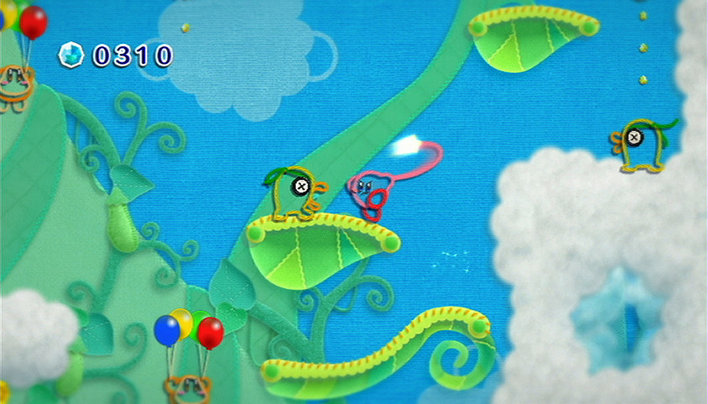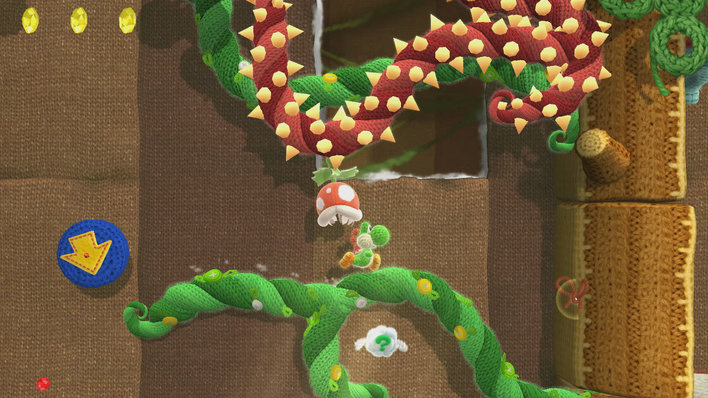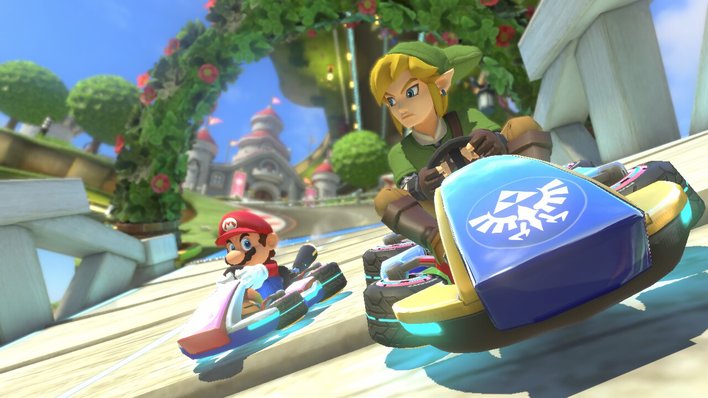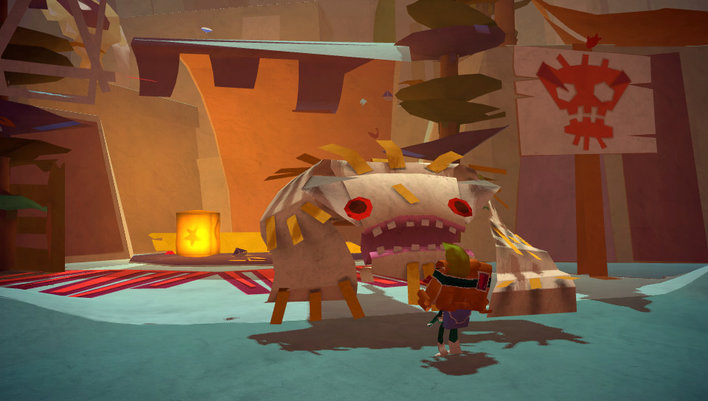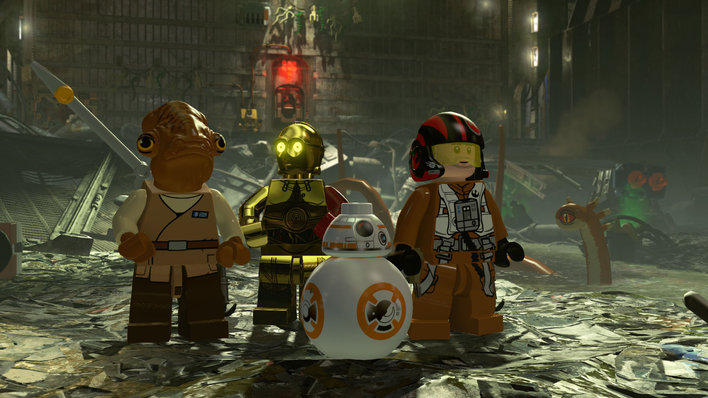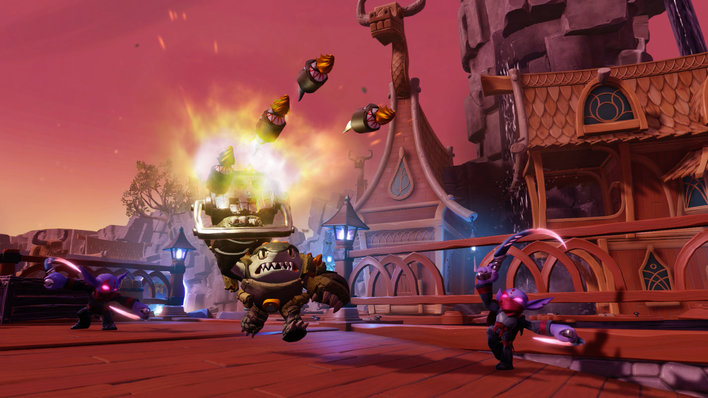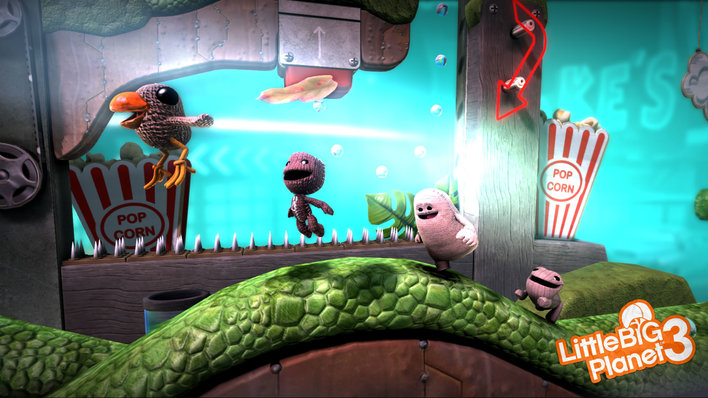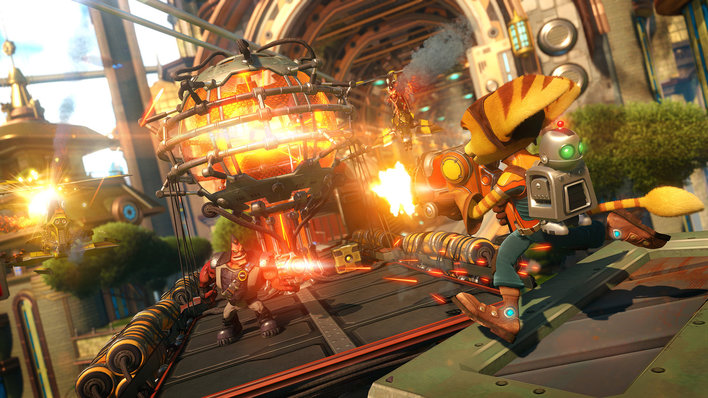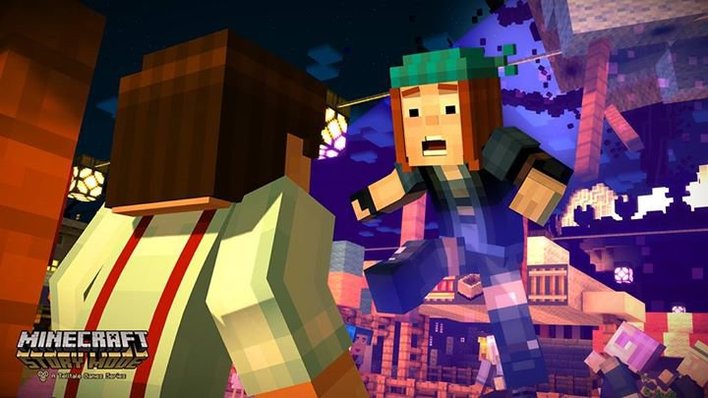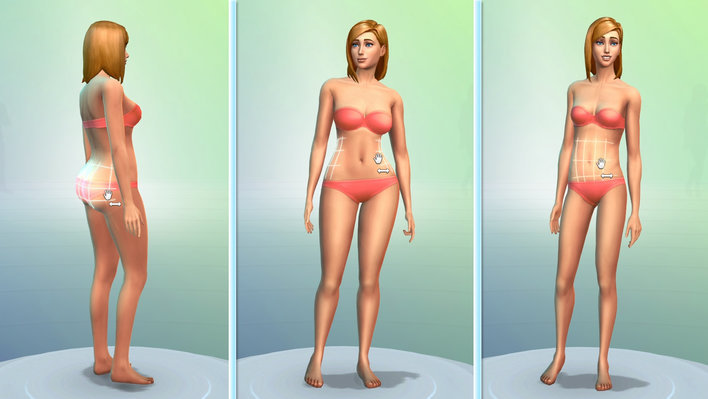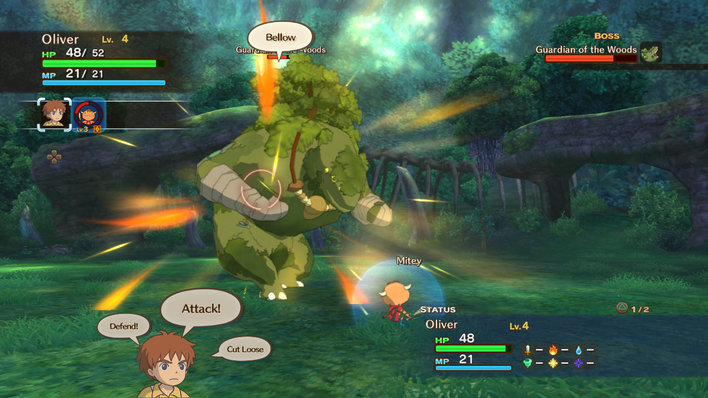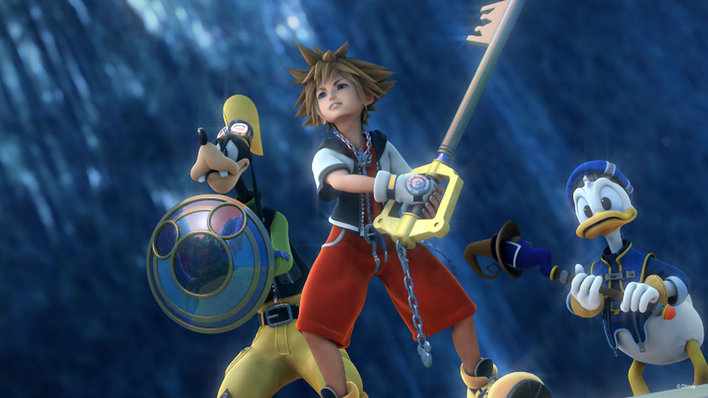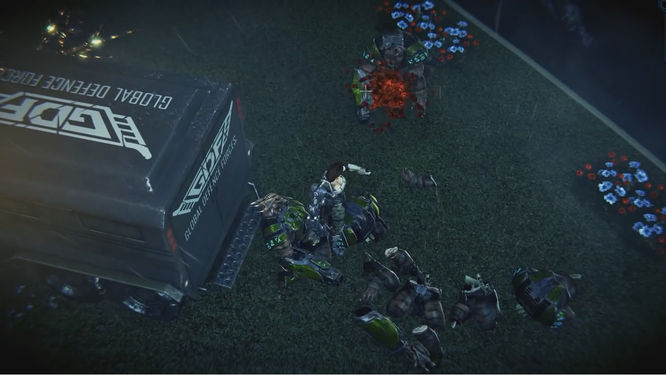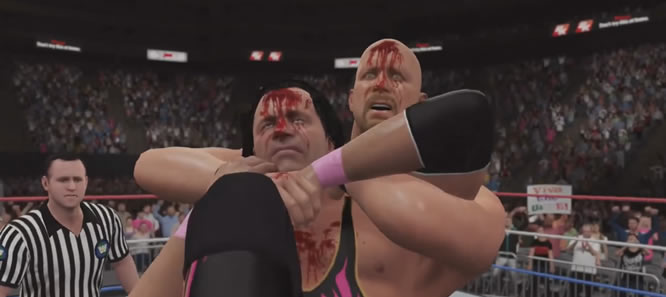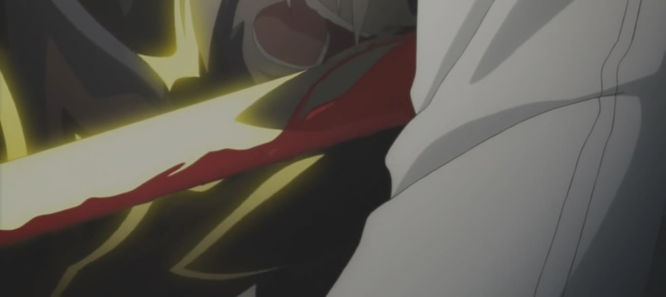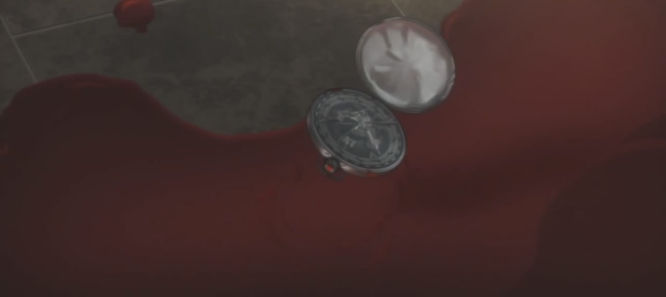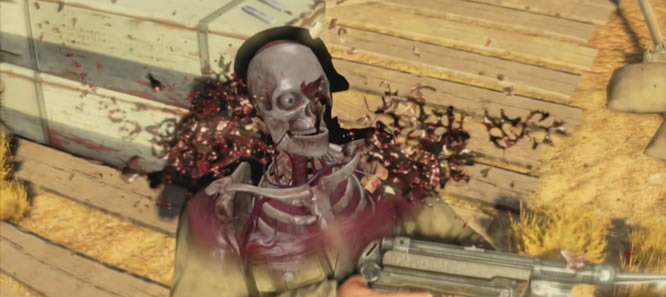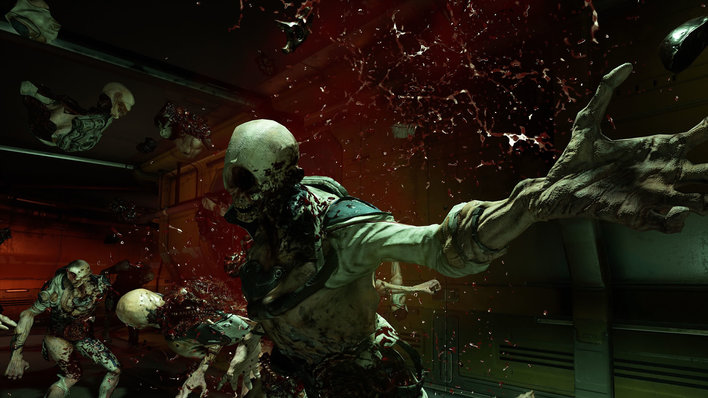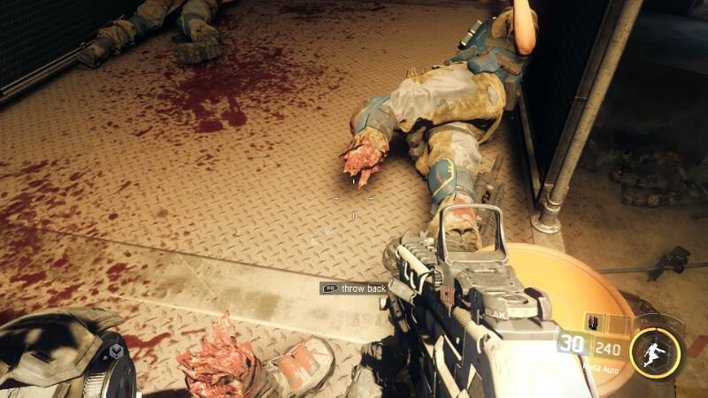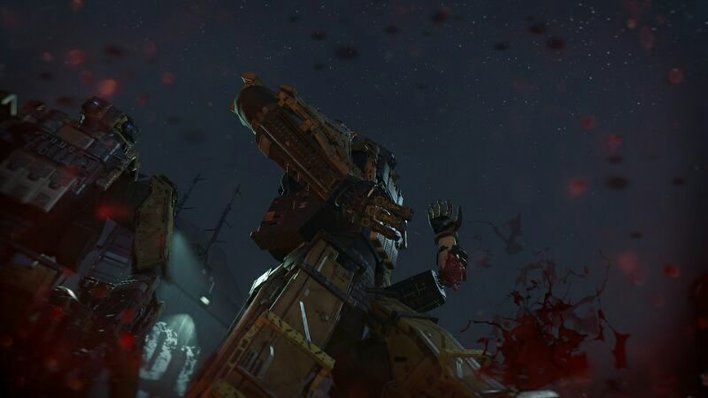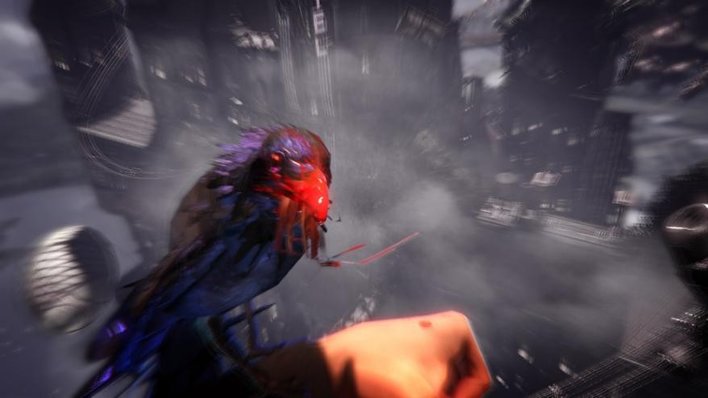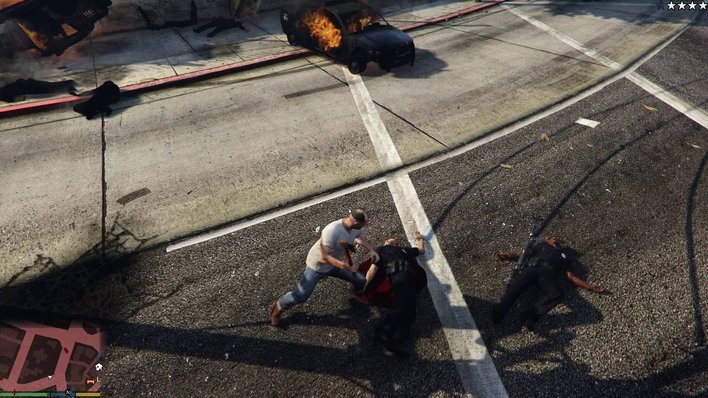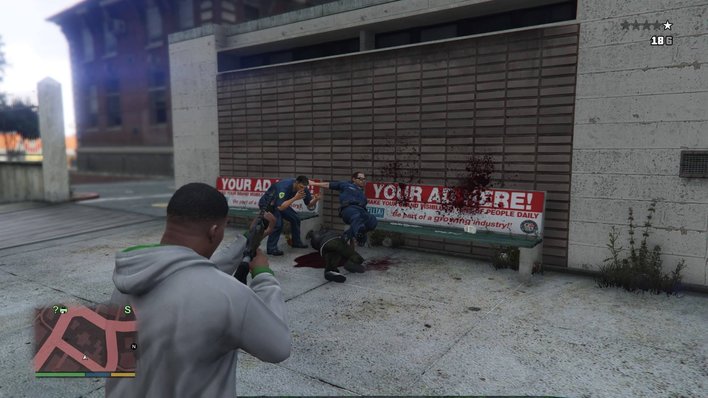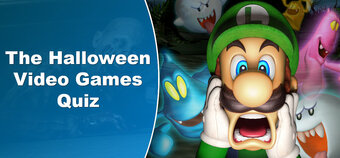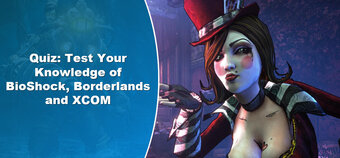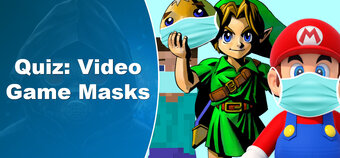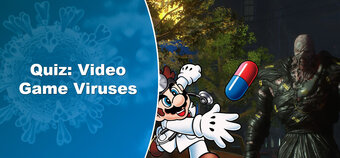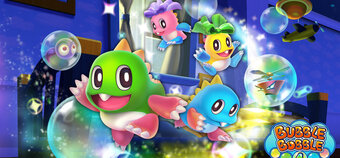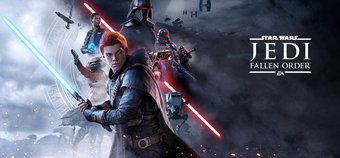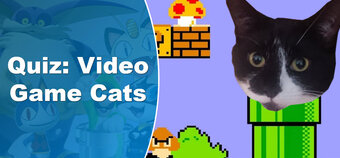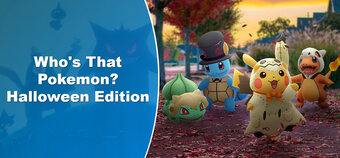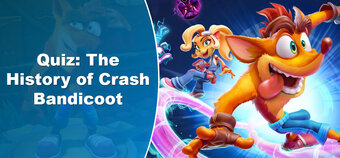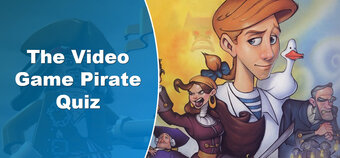Take a look at the front of a video game box, and the first thing that catches your eye may not be the cover art itself, but the brightly coloured (and usually rather large) PEGI age rating in the bottom corner. Dividing games up into a range of tiers (PEGI 3, 7, 12, 16 and 18 are the options), PEGI ratings work as a traffic light guide to a game's content. PEGI 3 and 7 are green, PEGI 12 and 16 are orange, and PEGI 18 is red, with the intention of giving you a quick, at a glance guide to the sort of age a game may be suitable for.
However, it's important to note that PEGI age ratings only apply to a game's content - not difficulty. Like a BBFC rating for a film, PEGI ratings simply cover things like gore, violence, sex and bad language - they make no judgement, and offer no guidance as to whether a child will actually be able to do the game in question (for that, you'll want to take a look at our EPAL ratings).
It's also incredibly important to note that PEGI ratings are actually legally enforceable - at least, here in the UK. While they're simply advisory notes everywhere else in Europe, in the UK, it's actually illegal for games rated PEGI 12, PEGI 16 or PEGI 18 to be sold to a child under that age (The legislation doesn't apply to games rated PEGI 3 or PEGI 7, however). Retailers that sell games to children below the relevant age will be liable for a maximum of six years in prison, and a £5,000 fine - so it's serious stuff. If a member of staff insists on seeing ID, or refuses to sell a specific game, they aren't just being awkward - they're only doing their job, and obeying the law.
To get more of an idea of why a game's received a certain PEGI rating, you can check the back of a game's box, where you'll usually find a list of content descriptors - little icons that flag up particular bits of mature content, like bad language, sex, drug use, and even discrimination. However, there's only so much information you can fit on the back of a game box, and while the bad language tag may flag up bad language, it doesn't actually tell you what said bad language is. For that, you may want to check out our extensive collection of video game parent's guides, for a blow by blow run down of any mature content, with plenty of examples.
While PEGI ratings apply to games released on all console formats - at the time of writing, that's PS4, PS3, Xbox 360, Xbox One, 3DS, Wii and Wii U - it doesn't apply quite as consistently on mobiles. Apple use their own age ratings system on iOS devices, although the Google Play store does list PEGI ratings for Android apps.
So, that's the basics of how PEGI ratings work - but what does a game that says PEGI 12 actually mean, in terms of what you can expect? Here's a quick guide to each tier of PEGI ratings - and what parents will want to watch out for.
PEGI 3
Games with this rating are as clean as they come. There can be no swearing, no blood or gore, no real violence and no sex or nudity - even of a non-sexual nature. PEGI ratings are generally very strict, and games in this category will really have an absolute minimal of violence - games that include hitting or kicking other characters, even in a distinctly non-realistic way, and even if they're non-human characters, usually end up being PEGI 7s. Great examples of games with a PEGI 3 rating include Kirby's Epic Yarn, Yoshi's Woolly World, Mario Kart 8 and PS Vita adventure, Tearaway, all pictured above.
PEGI 7
Games with a PEGI 7 are a little, teeny bit more "mature" but there's really not all that much of a difference between a game that gets a PEGI 7 and a PEGI 3 rating. Games with this age rating can contain non-realistic violence against non-human, or "non-detailed" human characters (i.e., with enemies that simply flash when hit - this is what means the LEGO games are always PEGI 7, despite being as family friendly as they come), but will still have nothing in the way of swearing - not even mild swear words, as we'll get to later. They can, however, contain scenes that may be scary to young children (although again, nothing that bad - proper horror games will always be given a much higher age rating).
One of the more interesting things that gets a game a PEGI 7 rating is "depictions of implied violence towards humans". What this means in practice is games that feature you blowing up a tank, or shooting down a plane, will be a PEGI 7, as it's implied there's a person driving said tank/plane, and that by shooting at it, you run the risk of hurting them.
PEGI 7 games can also contain nudity in a non-sexual nature (such as breast feeding, or, strangely enough, a topless beach), although we're struggling to think of any games that that have.
Great examples of games with a PEGI 7 rating include LEGO Star Wars: The Force Awakens (and every other LEGO game), Skylanders SuperChargers (and every other Skylanders game), LittleBigPlanet 3 and Ratchet and Clank.
PEGI 12
Games that are given a PEGI 12 rating are a much broader bunch, and there are a variety of things that would cause a game to be given a PEGI 12.
One of the most important things to remember is that, while a game may be totally suitable in every other way, PEGI is very strict when it comes to bad language. If a game features a single utterance of the words God, damn, or hell, that game will become a PEGI 12, and it will be illegal to sell it to a child under 12. Games that are PEGI 12 may also contain more serious swear words, like s**t, b****cks, w**ker, p**s, ars*hole, and wh*re, although there's no way of telling how serious things are from the box alone - for that, you'll need to check our parent's guides. Of note, it's this rule that Minecraft: Story Mode fell foul of - because it featured a single utterance of a swear word, it earnt itself a PEGI 12, which meant it legally couldn't be sold to half of its target market...
On the violence front, things get a little bit more serious here too, with realistic violence towards fantasy characters, and non-realistic violence towards humanoid character being permissible. Unfortunately, the PEGI guidelines don't specify what counts as "realistic" and "non-realistic", and whether or not blood can be involved with the realistic violence. Given that several other categories for PEGI 12 specifically mention "no blood", we'd imagine not. That said, there are the odd strange exceptions to the "no violence" rule - a game called Bombshell, where the lead character can perform grizzly headshots on her opponents has been awarded a PEGI 12, because the characters you're killing are non-humanoid (they're aliens).
PEGI 12 games can contain a little bit more in the way of sexual content, too - they can show two naked characters getting into bed to do the deed, but can't show anything of the deed being done, and absolutely nothing in the way of genitalia - although sound effects are permitted. PEGI 12 rated games may also include scenes that teach you how to gamble, although this would only earn a game a PEGI 12 if it "encourages the player to want to gamble in real life".
As it's such a broad category, it's hard to come up with a good example of a "standard" PEGI 12. Games here range from Minecraft: Story Mode, the Sims 4, Ni No Kuni and Kingdom Hearts to, well, Bombshell.
PEGI 16
Rapidly heading towards the more adult end of the video game age ratings, PEGI 16 games are still another fairly mixed bunch. At the more unusual end of scale, games that are PEGI 16 may glamorise crime, may "encourage" the use of tobacco or alcohol by making the character more powerful in game when said substances have been consumed, and may also contain blasphemy.
On the bad language front, we're into the realms of f**k, c*cksucker, c*nt and mother*cker, while sex scenes may now show characters doing it, only without showing any genitals. Games that are PEGI 16 may also feature the use of drugs and illegal substances.
In terms of violence, games with a PEGI 16 rating will allow for realistic looking violence towards human-like and animal-like characters, arcade or sporting style violence with blood (hence why WWE games are always PEGI 16), although, again, there's a very broad spectrum this applies to. From very mild blood use in games like Tales of Xillia, through to slow motion x-ray shots of eyeballs, lungs, and even testicles being exploded by a sniper's bullet in Sniper Elite 3, a PEGI 16 for violence can mean a lot of different things. In general, though, the rule is these games will feature blood coming from humanoid characters.
Good examples of games with a PEGI 16 rating range from the mild sporting violence and "crimson masks" of the WWE games, to cartoon blood in Tales of Xillia 2, and the uber realistic gore shots of Sniper Elite 3.
PEGI 18
Finally, we have games rated as a PEGI 18. In terms of swearing, these games will be similar to a PEGI 16 - after all, it's hard to use much stronger language than c*nt and motherf*cker, both of which are allowed under PEGI 16. Games that are PEGI 18 may "glamorise" illegal drug use, feature sexual violence (essentially, anything in a non-consenting environment - although the number of games that feature anything like this is very, very slim), and depictions of sex with visible genitalia.
In fact, perhaps the biggest difference with PEGI 18 games is the amount of violence allowed, with depictions of gross violence, including dismemberment, decapitation, and torture earning a game a PEGI 18 rating. Games which feature motiveless, mass killing will also be PEGI 18 - like the infamous No Russian level in Call of Duty, which asks you to massacre travellers in an airport, or games like Grand Theft Auto, where you can run pedestrians over.
Of course, it's worth bearing in mind that these are the absolute max a PEGI 18 game can feature in terms of content - most games will only tick one or two boxes, and many won't push the boundaries as far as the rules allow.
Good examples of the sort of things you'll find in a PEGI 18 game include Bioshock Infinite, Grand Theft Auto, DOOM and Call of Duty.
---
And so there you have it! With PEGI age ratings being such an important part of keeping your children safe - not to mention controlling access to content via parental controls on consoles - it's always important to stay abreast of what the ratings actually mean in practice. For more in depth guides to mature content and complexity, be sure to check out our parent's guides - or, if you have any questions, feel free to leave a comment below!


